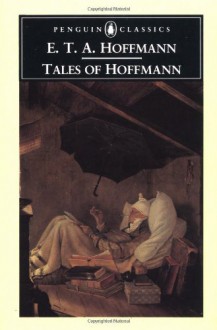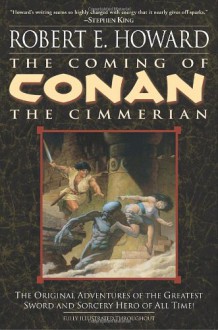
After soldiering through the preface, the introduction, the essay on the stories’ origins and cultural effects, and the first 19 tales, I skipped ahead to the biographical essay, the Grimms’ original prefaces, and the collected quotes on fairy tales; then I went back and read two more of the more iconic tales, carried it around in my messenger bag for another week or so, and tapped out, returning it to the library. I knew that it would take me a while to read the entire collection, but it was not the volume of tales to read that tried my patience in the end. It was the sterile imagination of both the Grimm’s versions of the tales and Tatar’s annotations.
For many, the Grimms’ accomplishment as the saviors of these iconic stories goes appreciated from a distance. Because the stories are known to most of us from their Disney incarnations, and from the versions that our parents told us from memory at bedtime, we don't feel the need to look into the Grimms’ versions. I had heard several times that the Grimm Brothers supply a darker, more realistic side of the stories that Uncle Walt and co. painted over in bright pastels. Having now read many of the tales, I have to say that the promised darkness is mostly absent. These versions are more violent, certainly, but the violence lacks stakes, just like the violence Kevin McCallister uses against the Wet Bandits, Harry and Marv.
The darker undertones of the stories were not excised by Disney from the Grimms, but rather the Grimm’s had already done most of the sterilizing for the sake of children by the time Disney got to them. The Grimms were not writers of fiction; they were researchers and collectors, and it shows. There is little to no narrative craft evident in any of the stories here present. Jakob and Wilhelm Grimm were not interested in taking on the roles of raconteurs, but instead collected simple, emblematic versions of the tales that serve as blueprints for invention, rather than as engaging acts of storytelling in their own right.
These stories only really come alive when gifted storytellers bring their own unique voices to bear on them. Even Disney’s aggressively family-friendly animated classics are actually an improvement on the versions collected here rather than a disservice to them. Only serving to compound the Grimms’ unimaginative and didactic narratives, are Tatars annotations. Among the many side-notes littering the page margins are such gems as “the Grimms added maxims like this one to strengthen the moral backbone of the tale,” and "Maternal love, protection, and security are established from the start as a sharp contrast to the threat embodied in the wolf, who will be introduced as a predator whose gluttony knows no limits. The mother is nurturing and loving; the wolf is interested only in indulging his desires. The distinction between mother goat and wolf takes concrete form in the quality of voice and color of feet. The mother’s voice is sweet, the wolf’s is rough; the mother’s paws are white, the wolf’s are black."Not only have the Grimms already employed the most transparent and hamfisted means to get their point across, Tatar then talks down even more to the reader by pointing out these techniques as though they needed clarification. It’s not unlike questioning a parent’s decision and getting the response, “Because I said so,” rather than an actual explanation for their decision, and then having a nosy spinster aunt chirping in to say, “Listen to your parents. They know what’s best for you.”
Especially offensive is the degree to which the Grimms pervert Nature to assure their protagonists’ triumph. Nature is not something that the characters observe and try to understand, and then use to their advantage when possible, and occasionally find has bigger concerns than them. Nature in these fairy tales-- both human nature and nature in general-- is not a wilderness, it is a garden that is carefully pruned, and groomed into a more pleasant form. I do not hold that the fairy tale moniker is excuse enough for these grievances. One can write a story that is uplifting and optimistic without being insulting, and the Grimms failed to do so. An individual who views Nature as the Grimms did will most likely find themselves greatly disillusioned when faced with the real thing.Writers like Angela Carter have shown that it is well within the capability of a fairy tale to reveal the complexities of human nature and the role of humans in nature with far more insight.
Perhaps at some point I will return to this collection to peruse some of the lesser known stories for some hidden gems, but for now my patience is spent. If anyone can give me a specific recommendation that gives the lie to the accusations I have laid out, I would hear it gladly. Until that time “A Jew in the Brambles” can wait.

 Log in with Facebook
Log in with Facebook 









